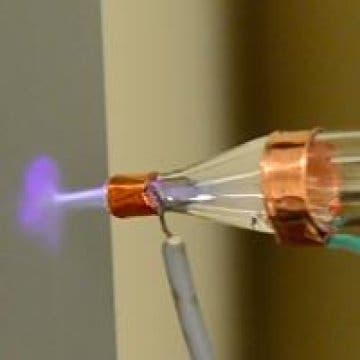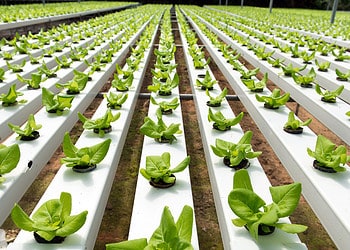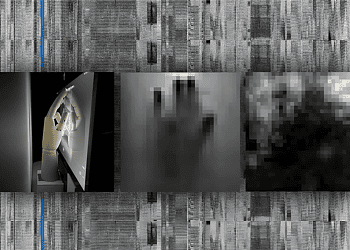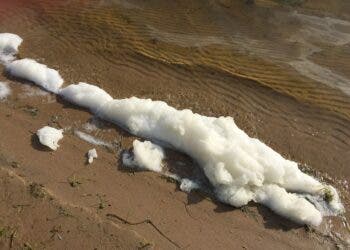A new nanomaterial printing method could make it both easier and cheaper to create devices such as wearable chemical and biological sensors, data storage and integrated circuits — even on flexible surfaces such as paper or cloth. The secret? Plasma.

Image credits NASA Ames Research Center.
Printing layers of nanoparticles of nanotubes onto a substrate doesn’t necessarily require any fancy hardware — in fact, the most common method today is to use an inkjet printer very similar to the one you might have in your home or office. Although these printers are cost efficient and have stood the test of time, they’re not without limitations. They can only print on rigid materials with liquid ink — and not all materials can be easily made into a liquid. But probably the most serious limitation is that they can only print on 2D objects.
Aerosol printing techniques solve some of these problems. They can be employed to deposit smooth, thin films of nanomaterials on flexible substrates. But because the “ink” has to be heated to several hundreds of degrees to dry, using flammable materials such as paper or cloth remains a big no-no.
A new printing method developed by researchers from NASA Ames and SLAC National Accelerator Laboratory works around this issue. The plasma-based printing system doesn’t a heat-treating phase — in fact, the whole takes place at temperatures around 40 degrees Celsius. It also doesn’t require the printing material to be liquid.
“You can use it to deposit things on paper, plastic, cotton, or any kind of textile,” said Mayya Meyyappan of NASA’s Ames Research Center.
“It’s ideal for soft substrates.”
The team demonstrated their technique by covering a sheet of paper in a layer of carbon nanotubes. To do this, they blasted a mixture of carbon nanotubes and helium-ion plasma through a nozzle directly onto the paper. Because the plasma focuses the particles onto the paper’s surface, they form a well consolidated layer without requiring further heat-treatment.
They then printed two simple chemical and biological sensors. By adding certain molecules to the nanotube-plasma cocktail, they can change the tubes’ electrical resistance and response to certain compounds. The chemical sensor was designed to detect ammonia gas and the biological one was tailored to respond to dopamine, a neurotransmitter linked to disorders like Parkinson’s and epilepsy.
But these are just simple proof-of-concept constructs, Meyyappan said.
“There’s a wide range of biosensing applications,” she added.
Applications like monitoring cholesterol levels, checking for pathogens or hormonal imbalances, to name a few.
This method is very versatile and can easily be scaled up — just add more nozzles. For example, a shower-head type system could print large surfaces at once. Alternatively, it could be designed to act like a hose, spraying nanomaterials on 3D surfaces.
“It can do things inkjet printing cannot do,” Meyyappan said. “But [it can do] anything inkjet printing can do, it can be pretty competitive.”
Meyyappan said that the method is ready for commercial applications, and should be relatively simple and inexpensive to develop. The team is now tweaking their technique to allow for other printing materials, such as copper. This would allow them to print materials used for batteries onto thin sheets of metal such as aluminum. The sheet can then be rolled up to make very tiny, very powerful batteries for cellphones or other devices.
The full paper, titled “Plasma jet printing for flexible substrate” has been published online in the journal Applied Physics Letters and can be read here.






